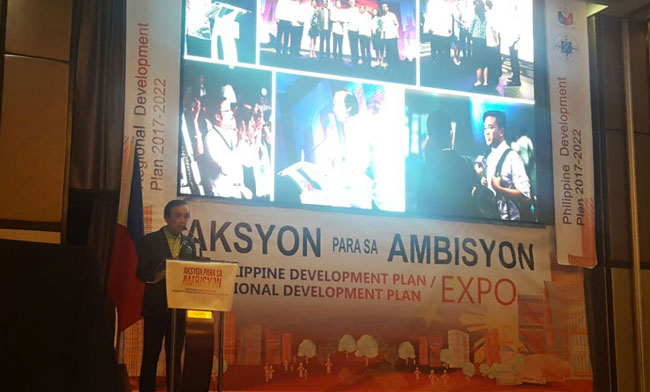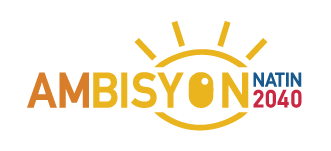MAYVELIN U. CARABALLO (The Manila Times)
CAGAYAN DE ORO CITY: The National Economic and Development Authority (NEDA) said Northern Mindanao is set to lead regional development in the country for adopting the two development plans.
In a keynote address during the Northern Mindanao Development Forum held here on Tuesday, Socioeconomic Planning Secretary Ernesto Pernia lauded the region by adopting the Philippine Development Plan 2017-2022 (PDP) and the Northern Mindanao Regional Development Plan.

“Knowing that regional development is a main thrust of the PDP, which is anchored on President Duterte’s 0-10-point Socioeconomic Agenda and geared towards the long term vision, we committed that they too will have their chance to attend, participate, and lay claim on the country’s mid-term development plan as their own,” he said.
Pernia said both plans were crafted through intensive multisector and multilevel consultations to ensure inclusivity of the people in every aspect of each plan.
Northern Mindanao’s development framework adopts the national development framework which stands on the pillars of malasakit (caring), pagbabago (change), at patuloy na pag-unlad (continuing progress), he said.
“This is well expressed in the region’s vision ‘to be a major gateway and leading industrial core and trade center in Southern Philippines, with dynamic men and women enjoying equal opportunities, in sustainably harnessing its agricultural and natural resources in building a decent, harmonious, and safe environment,’” he added.
The NEDA chief said Northern Mindanao will implement strategic interventions coined as GATEWAY, which stands for: Good governance and peace and order; Access, logistics and other infrastructure; Trade, industry and tourism; Environment and sustainable development; Well-being and improved welfare; Agriculture and fishery; Youth empowerment and education.
These interventions supported by science, technology and innovation will firmly drive the development of the region, he said.
Some may question the capability of Northern Mindanao to achieve this goal, but it is important to note that the region contributes 4 percent on average to the country’s gross domestic product, and about 26 percent to Mindanao’s economic growth, the cabinet official noted.
The region has the highest contribution to agriculture, hunting, forestry and fishing in Mindanao, and the second highest, after Davao, in terms of contribution to industry and services sectors in the southern Philippines, he added.
“The region is mainly composed of manufacturing, agriculture and forestry, and trade subsectors. This confirms the potential of Northern Mindanao to be a major industrial hub and trade center in Southern Philippines,” Pernia pointed out.
Pernia stressed that the National Spatial Strategy foresees Metro Cagayan de Oro to become the fourth metropolitan center by 2025, based on projected population growth and functional role as a principal gateway and trans-shipment hub in Northern Mindanao.
It will also remain a key educational center in the region, he said.
The plan further highlights the potential of the region, particularly in the industries of banana, rubber, bamboo, cacao, coco coir, coffee, agribusiness and tourism.
The region’s projected growth will be further boosted by President Rodrigo Duterte’s issuance of Executive Order 27 on June 1 this year, directing all government agencies and instrumentalities at the national and local levels, including government-owned and -controlled corporations to align their plans, programs and budgets with the plan, he said.
This means that the national and local government units need to work together toward common goals, he said.
“With all these plans and programs aligned and effectively laid out, I am confident that Northern Mindanao will not only be the gateway but will also be a leader in regional development in the country,” Pernia added.
